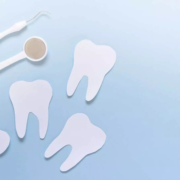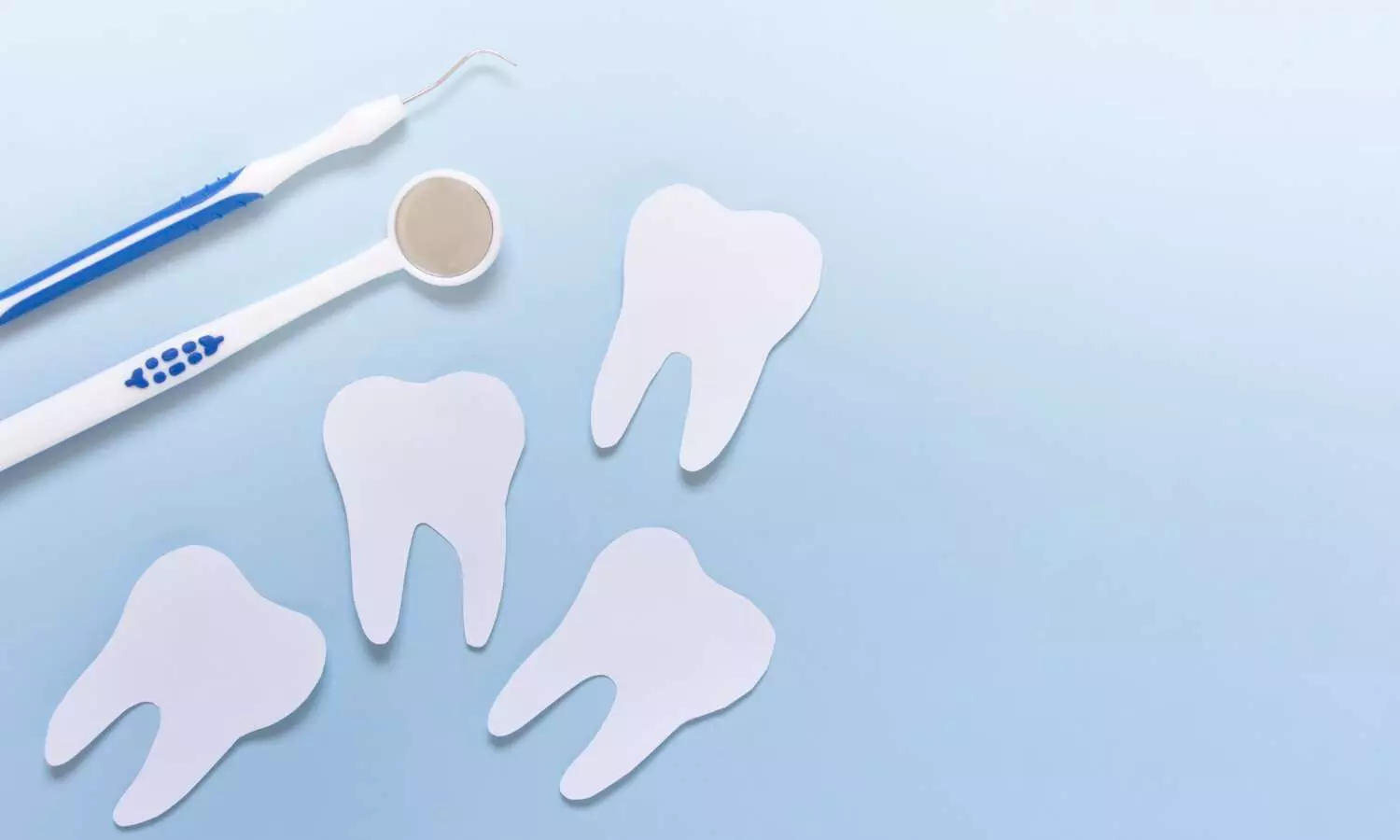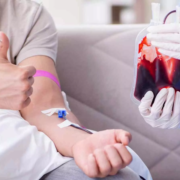Gestational diabetes not tied to increase risk of breast cancer, reveals large Danish study

Women who develop gestational diabetes are not more likely to go on to be diagnosed with breast cancer, according to a study of almost three-quarters of a million mothers to be presented at this year’s Annual Meeting of the European Association for the Study of Diabetes (EASD) (Madrid, 9-13 September).
Gestational diabetes, a type of diabetes that can develop during pregnancy, affects 14% of pregnant women globally and is becoming more common, with those who are living with obesity, have a family history of diabetes and/or older at greater risk. Race and ethnicity can also affect risk.
It usually goes away after giving birth. However, women who have had it are more likely to develop type 2 diabetes in the years to come. Gestational diabetes is also associated with higher risk of developing cardiovascular disease, metabolic syndrome, chronic kidney disease and mental health conditions, including post-natal depression.
Insulin resistance, where the body’s cells don’t respond properly to insulin and can’t easily take up glucose from blood, causing blood sugar levels to rise, is a key feature of gestational diabetes and has also been linked to breast cancer.
Some studies have found that gestational diabetes is associated with a higher risk of being subsequently diagnosed with breast cancer. But other research has concluded that the risk of breast cancer is lower – or that there is no link at all.
Study leader Maria Hornstrup Christensen, of the Steno Diabetes Center Odense, Odense University Hospital, Odense, Denmark, says: “Breast cancer is the most common cancer, as well as the leading cause of cancer deaths in women worldwide. It also has a very high treatment cost compared with other cancer types.
“If we know who is more likely to develop breast cancer, we might be able to detect it earlier when it is easier to treat, reducing deaths and treatment costs and the psychological and physical toll on women.”
To find out more, Dr Christensen and colleagues used birth, patient and other national registers to obtain information on all women who gave birth in Denmark over a 22-year-period.
After those with pre-existing diabetes or breast cancer were excluded, 708,121 women who had given birth between 1997 and 2018 were included in the analysis.
24,140 (3.4%) of the women were diagnosed with gestational diabetes in one or more pregnancy. Median age at pregnancy was 28 years in both those with and without gestational diabetes.
The women were followed for a median of 11.9 years, during which 7,609 were diagnosed with breast cancer.
The women who had gestational diabetes were no more likely to go to develop breast cancer than those without gestational diabetes. This was seen with regard to breast cancer overall, premenopausal breast cancer and postmenopausal breast cancer.
The finding held true when age, parity, ethnicity, income, occupation, education and pre-existing health problems, such as high blood pressure, were taken into account.
Analyses that factored in pre-pregnancy BMI, smoking during pregnancy and obstetric complications, such as pre-eclampsia, also failed to find an association between gestational diabetes and breast cancer.
The authors conclude that the study, one of the largest of its kind, did not find gestational diabetes to be associated with a higher risk of breast cancer.
Dr Christensen, who divides her time between research and working as a midwife who specialises in the care of women with diabetes, says: “It will be reassuring for women who have had gestational diabetes to know that they are not a higher risk of developing breast cancer.
“They do, however, need to be alert to the fact that they are at higher risk of some conditions, including type 2 diabetes.
“And all women, regardless of whether or not they have had gestational diabetes, should be breast aware and check their breasts regularly for changes.”
She adds that the women studied were predominately Caucasian and living in a country with free healthcare and free breast cancer screening and so the findings will not necessarily apply to other populations and healthcare systems.
Reference:
Gestational diabetes does not increase risk of breast cancer, large Danish study finds, Diabetologia, Meeting: Annual Meeting of the European Association for the Study of Diabetes (EASD).
Powered by WPeMatico



















